It can definitely be said that the term ‘curiosity killed the cat’ has no place in the classroom.
How positive does it feel when a student wants to learn? When they want to know all they can about a subject? How good does it feel when you look out at a sea of hands raised high in the air, the hands of students eager for knowledge and information? Teaching curiosity is a must for the knowledge-hungry classroom.
You can’t expect that kind of enthusiasm without a little bit of help.
If you’ve found that your class has a habit of passively sitting through every lesson, expecting you (their teacher) to spoon-feed them information and guide them step-by-step through every activity, you are most likely wanting a change to the above!
Research has proven that curiosity can be as beneficial to academic performance as intelligence – this comes as no surprise to teachers. Students who are driven to learn purely because they want to know more are students who will retain for information longer, be motivated to research deeper, and enjoy a positive educational experience at school.
So, with this in mind, how can we cultivate and encourage curiosity?
Recognise Curiosity
Before you can create an environment which encourages curiosity in your classroom, you first have to teach yourself and your students to recognise curiosity.
Recognising curiosity doesn’t have to be a standalone lesson, it can be built into the learning experiences that you share with your class every day!
Modelling curiosity is the first step to recognising and valuing it in your classroom. Most teachers do this instinctively, asking questions to elicit thinking in our lessons, and showing enthusiasm and joy when we discover new things with our students.
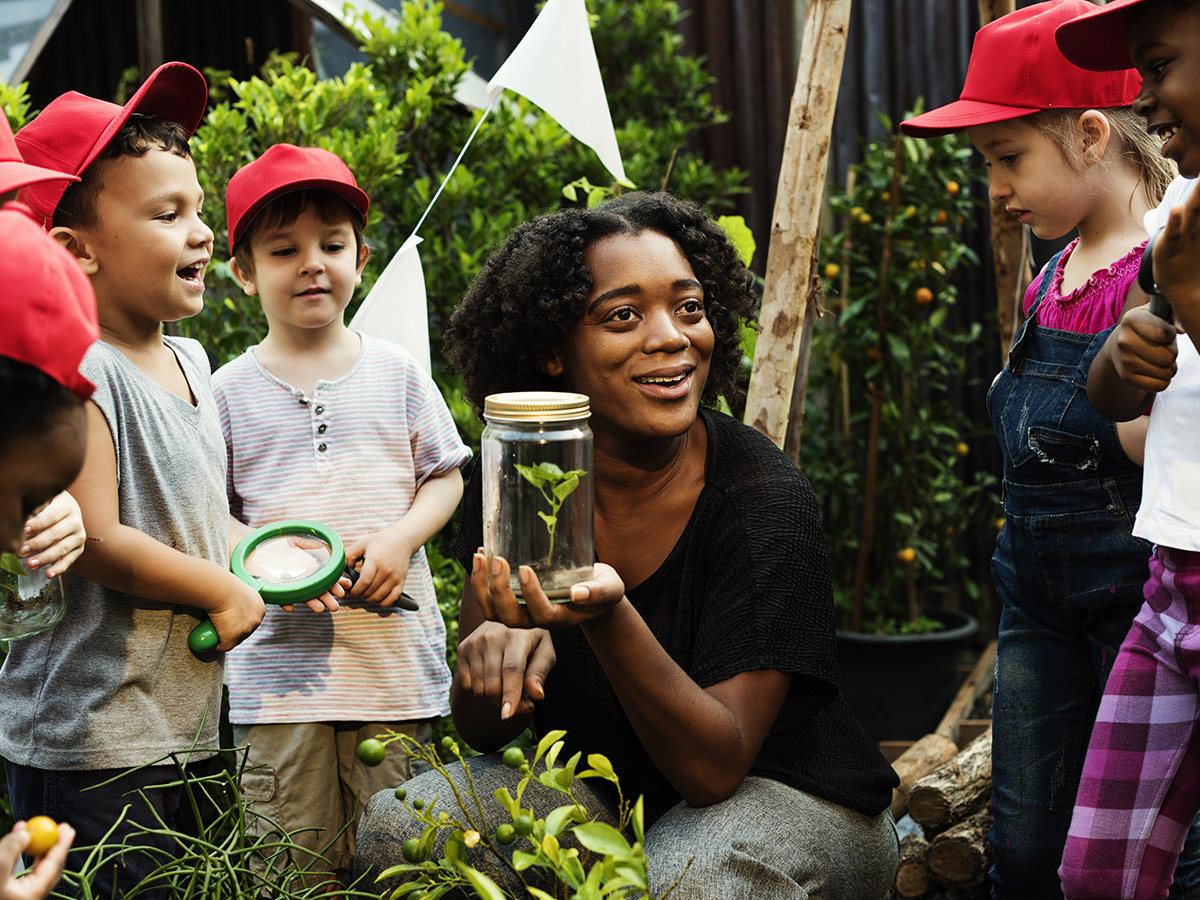
Recognising curiosity is about valuing and rewarding the valuable questioning, investigating, and imagining that happens along the learning journey, rather than the extrinsic motivator of a good grade. And by valuable, I don’t mean questions such as “How much longer until lunch?”!
Not only this, but recognising curiosity involves explicitly praising the results of this learning process – the knowledge gained and the world-view expanded, rather than the ability to answer questions correctly on a test.
Read on for some wonderful teaching ideas which encourage students to delve into the world of curious thinking!
Growth Mindset
Teaching curiosity to your students can be a scary thing at first. Your students may have come from a background where making mistakes is a negative thing rather than a positive learning experience. They may have come from a classroom in which sitting quietly and listening to instruction was the expected and encouraged thing to do.
If your students are afraid to make mistakes, they will not be able to take the jump into the unknown. For this reason, it’s important to encourage them to take on a Growth Mindset.
Students with a growth mindset believe that knowledge and understanding are gained through perseverance, hard work and effort. Firstly, chat with your students about how they feel about learning with our Growth Mindset Worksheets. Highlight the difference in thinking between fixed mindset and growth mindset with our Free Download: Growth and Fixed Mindset Poster and encourage your students to change their way of thinking with the Growth and Fixed Mindset Poster – Talking to Myself.
We have so many encouraging posters which encourage a growth mindset in your students:
[resource:2095870][resource:1982690][resource:1852294][resource:621878]
[resource:523264][resource:8888][resource:691361][resource:656564]
For more great ideas on how to foster grit and resilience in your classroom, read Holly’s blog 15 Books and Activities to Foster Grit in the Classroom.
My Curious Mind
It’s even easier to encourage a positive attitude to curiosity in learning and a growth mindset with the ‘My Curious Mind’ Growth Mindset Art Activity!
This task encourages students to learn about the achievements and endless thirst for knowledge of the late Professor Stephen Hawking, who greatly expanded humanities understanding of the Universe, despite the setbacks of a debilitating disability.
What could be more inspiring?
Using the example set by Professor Hawking, students will explore their own limitless minds in this colourful activity.
Question Words
Why? What if? How? When? Where?
These are the open-ended questions that are driven by curiosity. Encouraging your students to ask these questions mindfully and intentionally will open up your lessons in ways you can’t imagine, trust me! Sometimes the most learning happens when we go off on a tangent from our original topic!
If you don’t want to veer too far off course, questioning resources such as this 5 W’s and 1 H Graphic Organiser and these Question Starter Flashcards can steer your students’ brainstorming. The brilliant thing about this resource is that it’s not just great for collating answers, it’s also wonderful for brainstorming questions too!
Using these question words during all your key learning areas is easier than you think! It is can be as simple as asking:
- Why does this noun have a capital letter?
- What if we changed the order of operations around?
- When did the weather start to get cooler? What did you notice?
- How would I tell which variable is measured in this experiment?
- Where would you go if you wanted to see a blue macaw?
Using open-ended questions such as these, trains your students to think about the possibilities outside of what is right in front of them. Once you’ve trained them to think about the questions, encourage them to ask some questions of their own!
STEM
STEM, or Science, Technology, Engineering and Mathematics, is a fantastic way for students to develop their sense of curiosity, as well as deepen their questioning, investigating and problem-solving skills.
It does not just teach students core content in these key learning areas, rather it allows students to develop the understanding that learning is an open-ended journey.
It asks students to follow the Engineering Process:
- Ask – What is the problem? Are there any challenges?
- Imagine – Brainstorm ideas and pick the best one!
- Plan – Make a list of materials and draw a labelled diagram.
- Create – Follow your plan. Create a model if possible. Test it! Does it meet the goal?
- Improve – Did it work? Can you make it better? What could be done differently?
- Share – Is the problem solved? What changes need to be made? What do others think?
Teaching STEM sparks the desire in students to use their imagination, creativity and questioning skills in hands-on, fun activities! It makes teaching curiosity a collaborative learning experience.
Our blog on STEM Education in the Classroom breaks down exactly what STEM is, and how it can be used in the classroom.
For other ideas, check out some of our amazing STEM teaching resources:
[resource:353365][resource:2748454][resource:72023][resource:598448]
[resource:366175][resource:368585][resource:363429][resource:360981]
Create a Curiosity Centre
A pretty big buzz word when you’re discussing the theory behind curiosity is ‘tinker’.
It can sometimes be difficult to allow time for students to tinker with enriching, educational materials. With our already jam-packed days, teachers may be fearful of allowing their students open-ended ‘casual’ tinkering time.
However, when you consider the brain-boosting power that tinkering can provide, it is definitely not time wasted.
Tinkering gives your students:
- the ability to work at their own pace without outside pressures
- practice with fine motor skills
- a purpose and goal
- problem-solving practice
- a chance to use their imagination
- an opportunity to build peer relationships.
So what does a curiosity centre at which students can tinker look like?
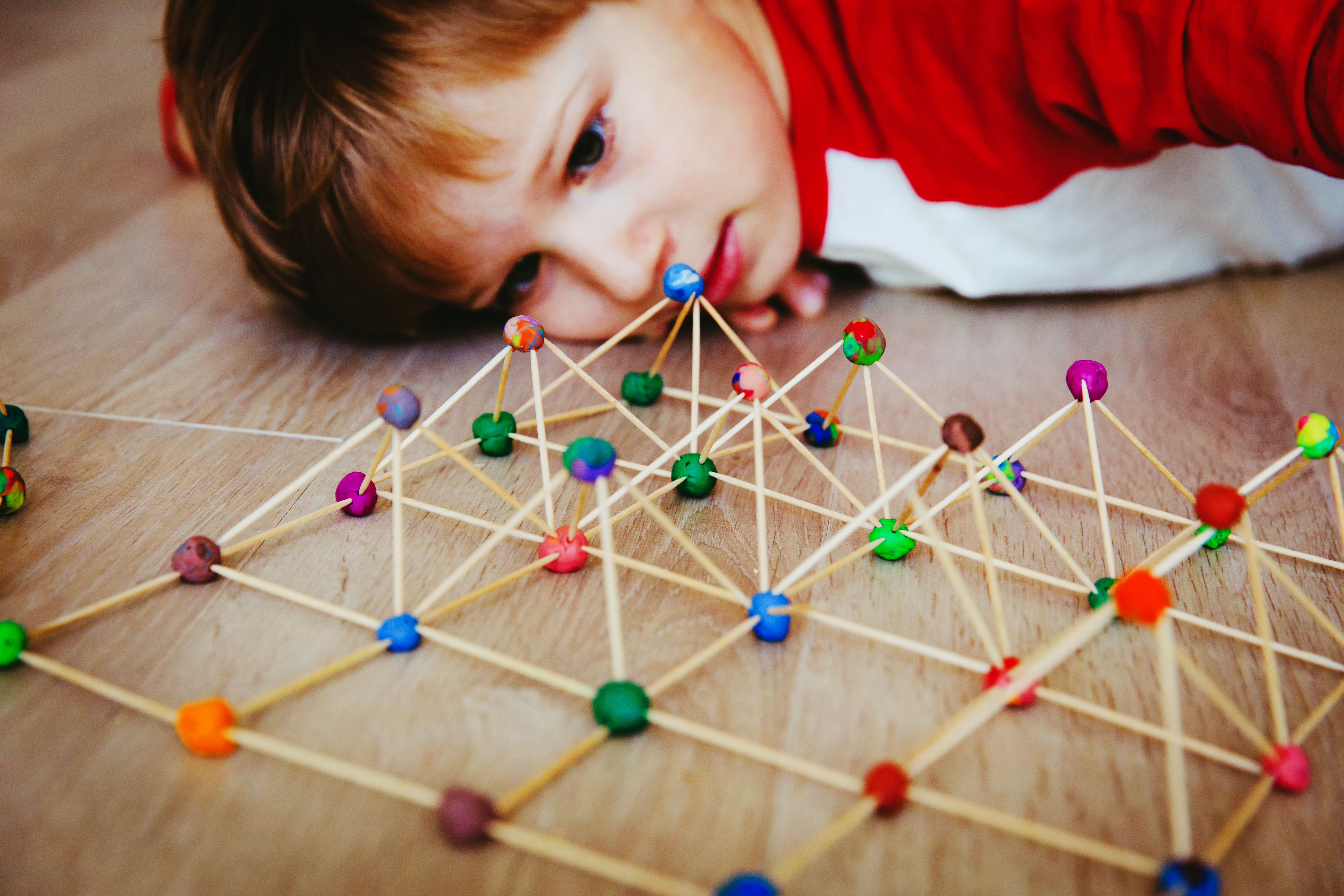
You may have heard of a wonderful new trend in the classroom called a Makerspace. A Makerspace is a space designed and dedicated to hands-on learning and creativity. I could go on and on about all the benefits of having this space in the classroom! There are so many different ways to make a Makerspace, but that would be a blog in itself!
In fact, Teach Starter’s very own Ali recently wrote a fantastic blog on Tips and Ideas for Creating a Makerspace in the Classroom.
Investigations
Whole class investigations make wonderful teacher-led activities that still allow opportunities for students to stretch their creative wings, ask questions and drive their own learning.
Science Investigations
Scientific Investigations and Experiments provide your students with a safe environment to develop a hypothesis and test their knowledge against unknown variables.
They also offer the benefit of giving students experience with materials they may not be familiar with, such as magnets, electrical circuits, thermometers and magnifying glasses!
Take a look through our Science Teaching Resources and see what your year group can investigate!
[resource:1930694][resource:2090066][resource:2199242][resource:1999702]
Maths Investigations
A common misconception that children with a fixed mindset have is that they feel that they will never be able to enjoy or succeed at certain subjects, such as Maths.
A maths investigation is a fantastic opportunity for students to discover that Maths can be fun! And that there’s not always one right answer to a maths problem.
Activities such as our Decimals and Percentages Maths Investigation – Prepare to Party can show students that there is room for curiosity in Mathematics!

Other Investigations
Investigations don’t have to be limited to just Science and Maths! Take a look at our Sustainability-focused resource, this Student Lunch Box Audit Worksheet.
Your class can investigate almost anything. Together, choose a question on a random topic, develop a hypothesis and see what wonderful ways of answering it they come up with!
[resource:2048722][resource:2077746][resource:2082538][resource:1965006]
Inquiry-Based Learning
Teaching curiosity has a big payoff. Once your students have gained confidence in asking questions and challenging their imagination, they will be ready to drive their own learning!
Your students may be able to move on from whole class investigations and move forward to independent inquiry tasks.
The benefits of inquiry-based activities are that they present endless possibilities for learning, empower students to own their knowledge growth and allow them to research topics they are already passionate about.
One popular method of incorporating inquiry-based learning into your classroom is to have Genius Hour. Genius Hour allows students to work on a passion project, idea or new skill during class time. Genius Hour projects can be completed during a designated amount of learning time on a regular basis (such as one hour per week), or as a fast finisher activity.
Our Genius Hour Teaching Resource Pack gives you everything you need to get inquiry-based learning kick-started in your classroom.
Use inquiry-based lessons to keep your students’ curiosity pumping for terms to come! Read Cassie’s blog New Genius Hour Resources! Everything You Need for Inquiry-Based Learning Projects

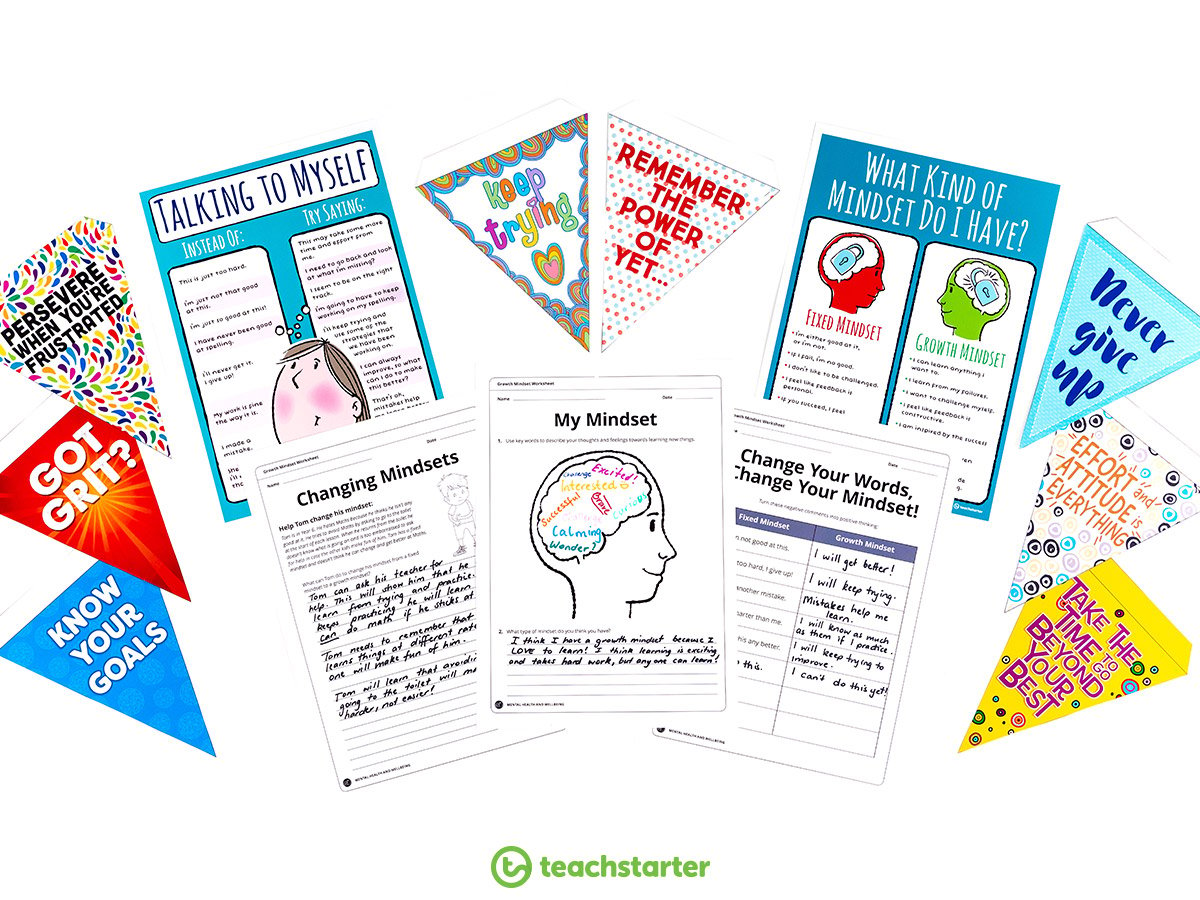
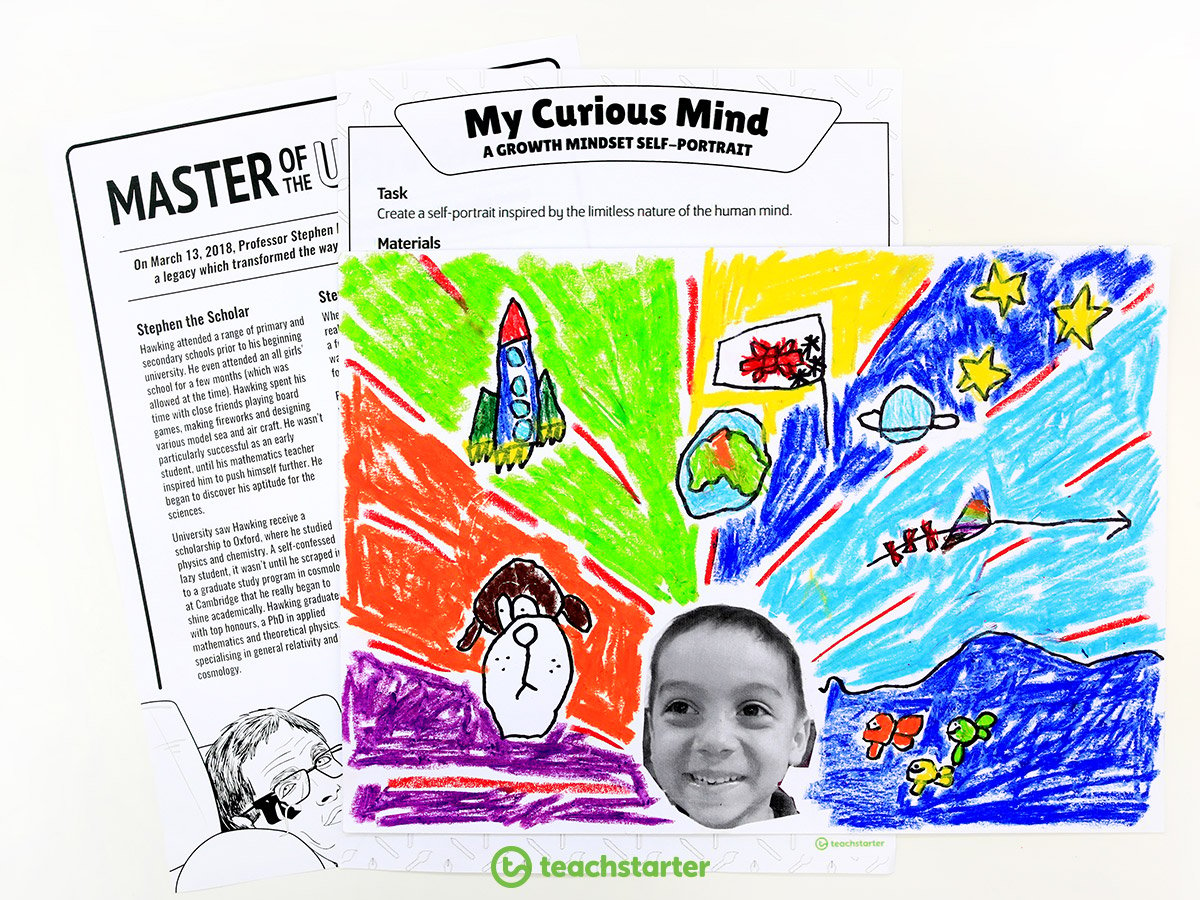
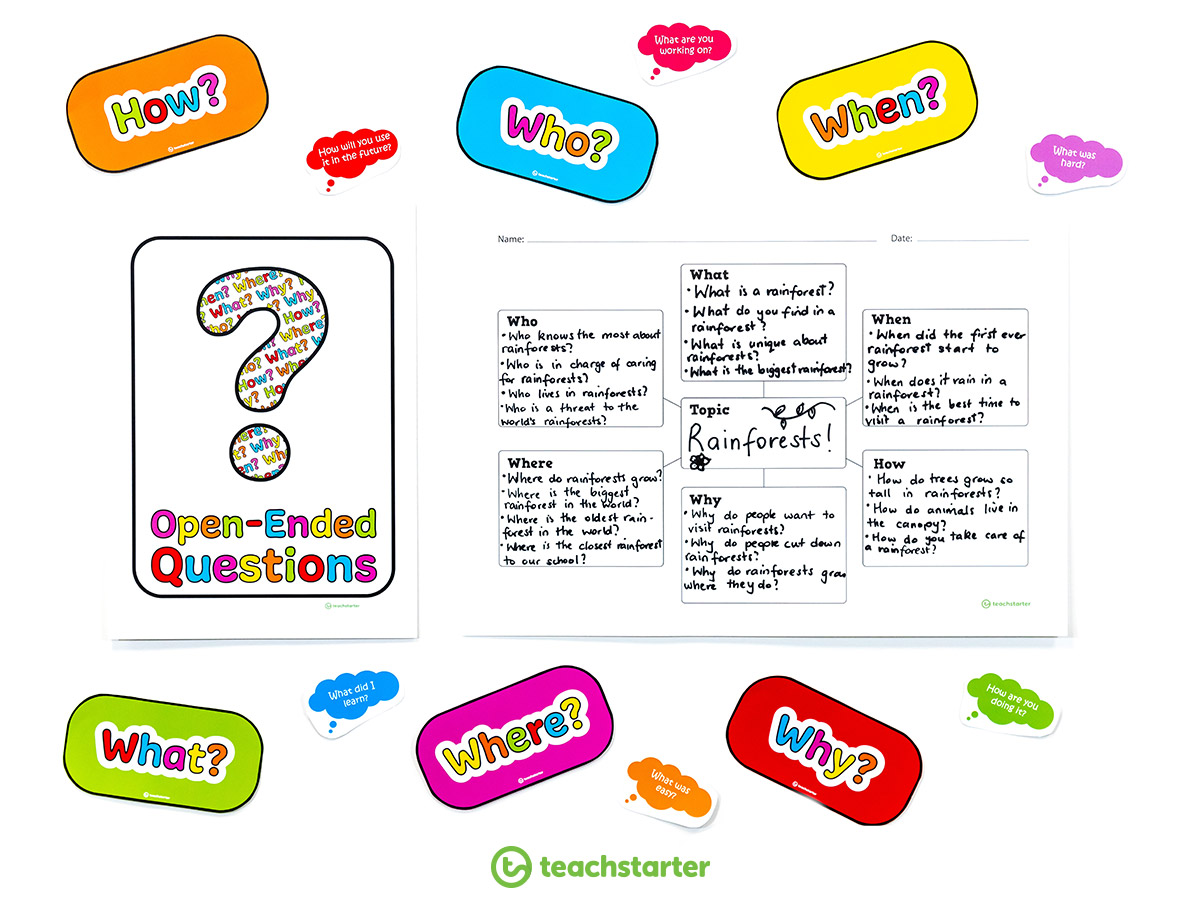
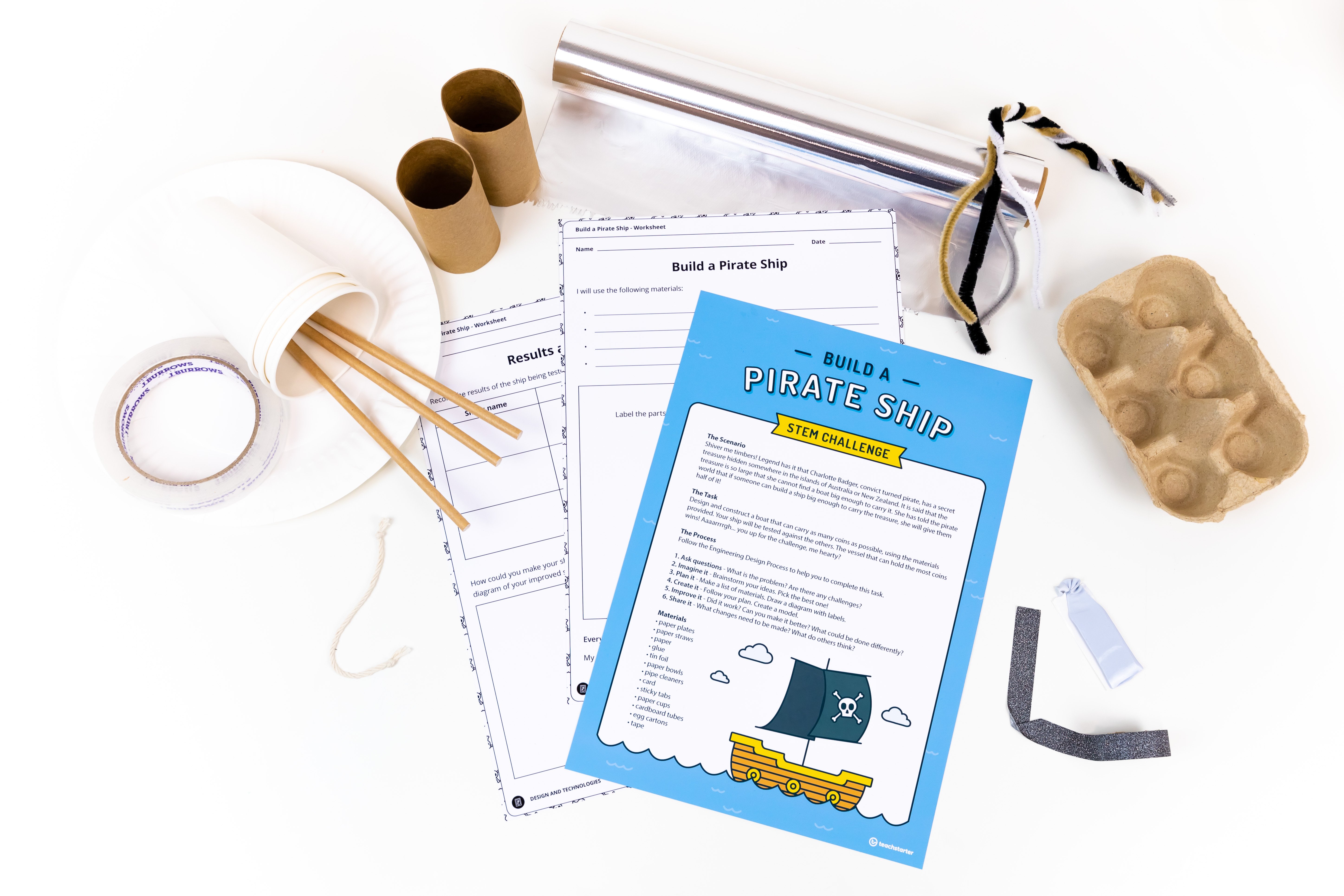


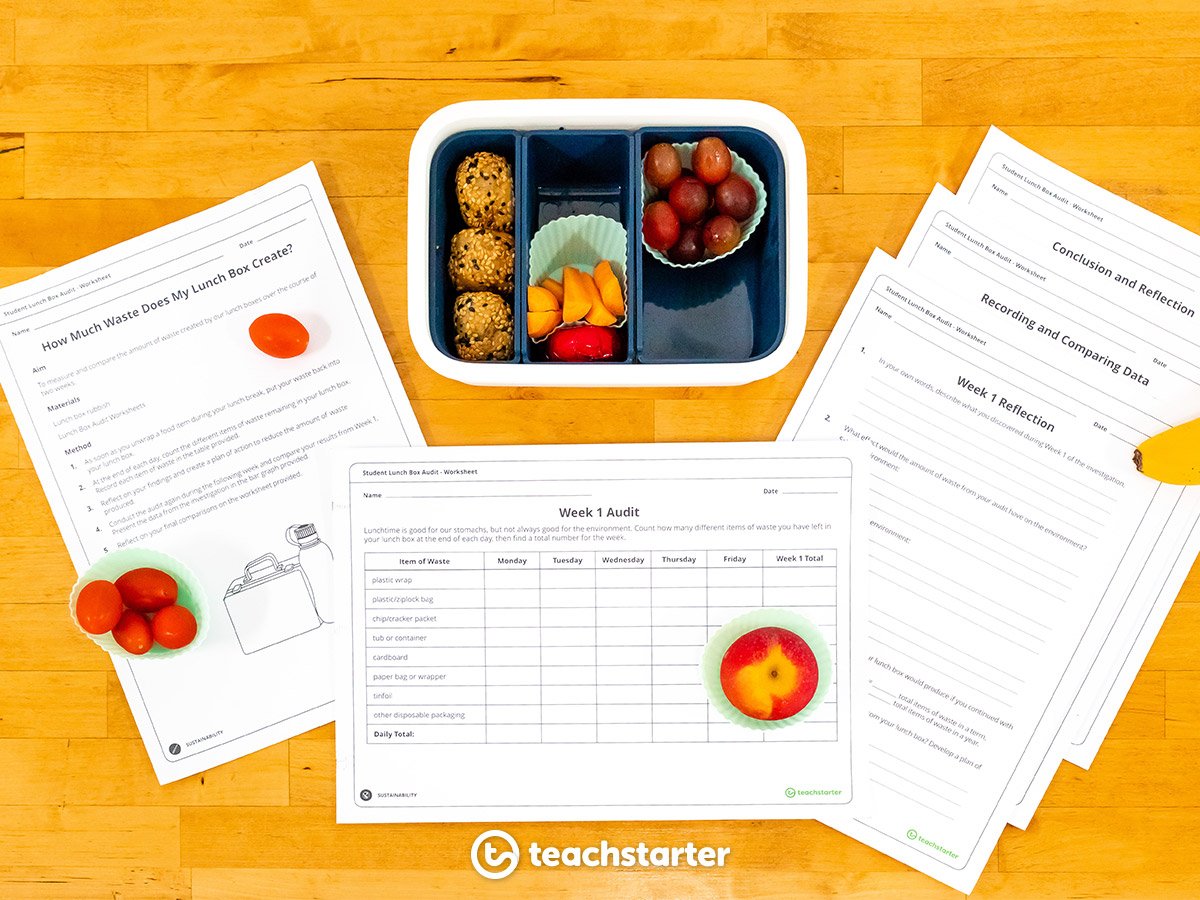






Comments